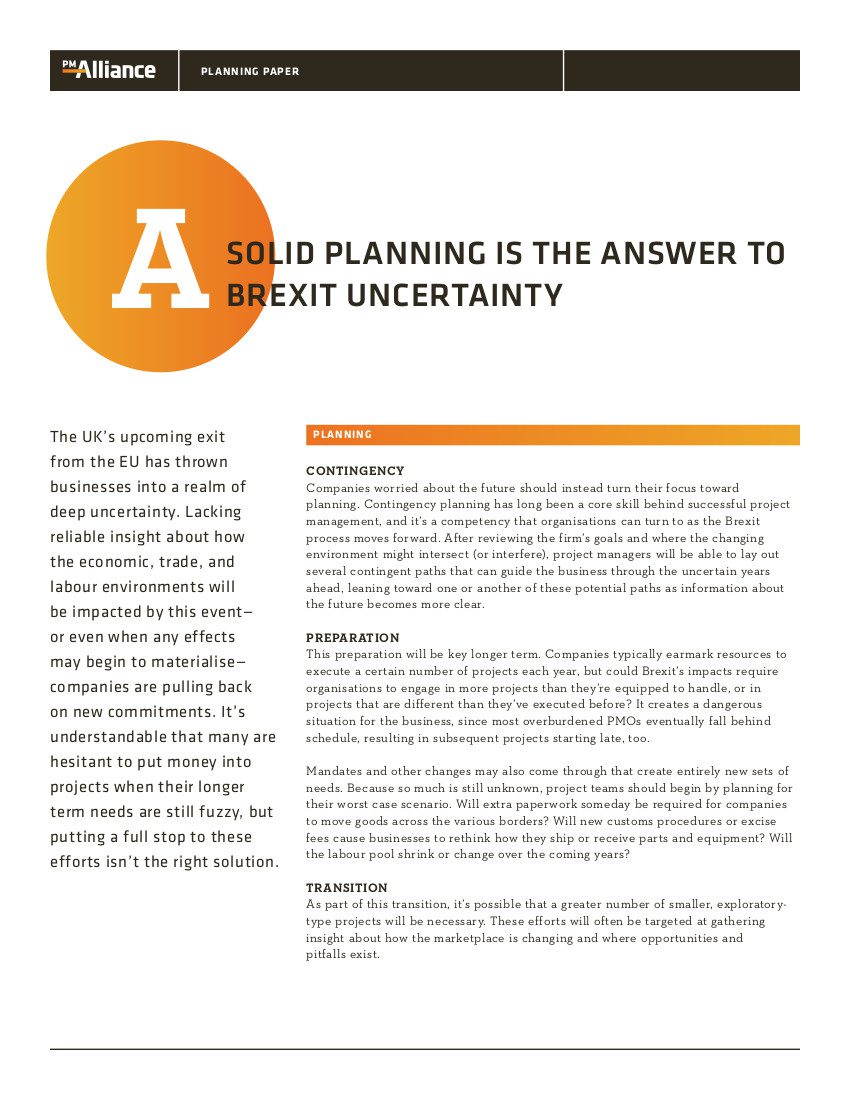
Supply Chain Challenges Continue To Evolve | PMAlliance Project Management Blog
Several factors can create challenges for manufacturing project teams. For example, among the many concerns for PMs today are unexpected supply chain issues related to ramping up after a prolonged downturn. It can be tremendously difficult to juggle increased manufacturing needs—often with time pressures as primary drivers—against potentially decreased bandwidth across suppliers and producers.










